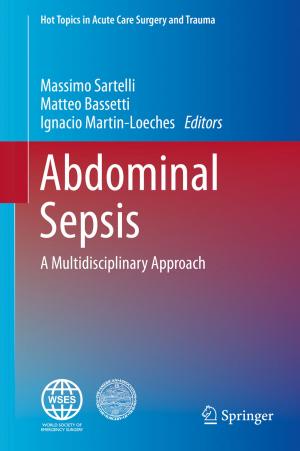A Systems Biology Approach to Study Metabolic Syndrome
Nonfiction, Science & Nature, Science, Other Sciences, Molecular Biology, Health & Well Being, Medical, Medical Science, Physiology| Author: | ISBN: | 9783319010083 | |
| Publisher: | Springer International Publishing | Publication: | September 24, 2013 |
| Imprint: | Springer | Language: | English |
| Author: | |
| ISBN: | 9783319010083 |
| Publisher: | Springer International Publishing |
| Publication: | September 24, 2013 |
| Imprint: | Springer |
| Language: | English |
The aim of this book is to provide the target audience, specifically students of Medicine, Biology, Systems Biology and Bioinformatics, as well as experienced researchers in research fields relevant to metabolic syndrome (MetS) with an overview of the challenges and opportunities in systems biology and how it can be used to tackle MetS. In particular, the aims are: (1) to provide an introduction to the key biological processes involved in the pathophysiology of MetS; (2) through the use of specific examples, provide an introduction to the latest technologies that use a systems biology approach to study MetS; and (3) to give an overview of the mathematical modeling approaches for studying MetS.
The clearly written chapters by leading experts in the field provides detailed descriptions crucial for the unique position of this book and its focus on the application of systems biology to tackle specific pathophysiologically relevant aspects of MetS and provides a valuable practical guide to this research community.
The aim of this book is to provide the target audience, specifically students of Medicine, Biology, Systems Biology and Bioinformatics, as well as experienced researchers in research fields relevant to metabolic syndrome (MetS) with an overview of the challenges and opportunities in systems biology and how it can be used to tackle MetS. In particular, the aims are: (1) to provide an introduction to the key biological processes involved in the pathophysiology of MetS; (2) through the use of specific examples, provide an introduction to the latest technologies that use a systems biology approach to study MetS; and (3) to give an overview of the mathematical modeling approaches for studying MetS.
The clearly written chapters by leading experts in the field provides detailed descriptions crucial for the unique position of this book and its focus on the application of systems biology to tackle specific pathophysiologically relevant aspects of MetS and provides a valuable practical guide to this research community.















